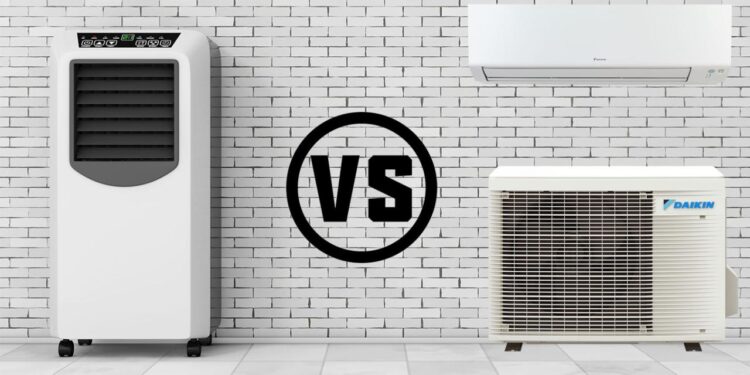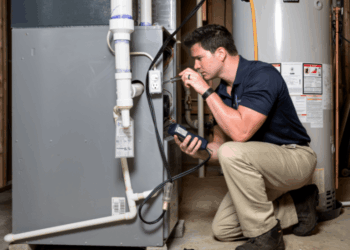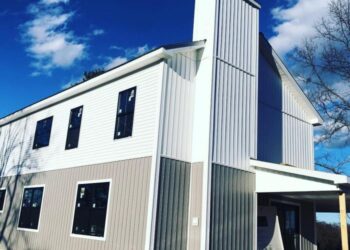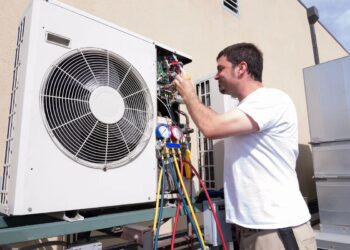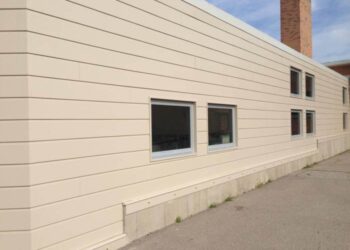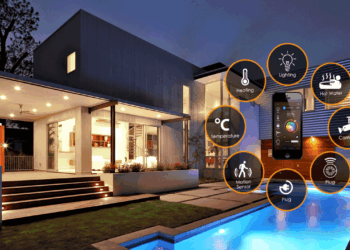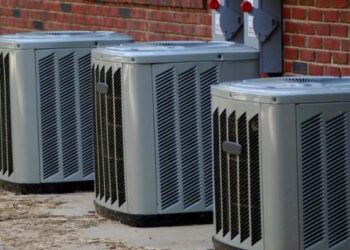When deciding between a Portable AC and a Split Unit, making the right choice can significantly impact your comfort and energy costs. Let's delve into the key differences and factors to consider to determine which option suits your needs best.
Exploring the nuances of each type of air conditioning unit can help you make an informed decision that aligns with your preferences and requirements.
Introduction
Portable AC and Split Unit are two common types of air conditioning units used in residential and commercial spaces. Portable AC units are standalone, movable systems that can be easily transported from one room to another. On the other hand, Split Units consist of two main components
an indoor unit and an outdoor unit connected by refrigerant lines.
The key differences between Portable AC and Split Units lie in their installation, cooling capacity, energy efficiency, and cost. It is important to choose the right type of air conditioning unit based on your specific needs, space requirements, and budget constraints.
Making the right decision can ensure optimal comfort and energy savings in the long run.
Importance of Choosing the Right Type of Air Conditioning Unit
When it comes to selecting an air conditioning unit, it is crucial to consider factors such as the size of the space you need to cool, the level of cooling efficiency required, and the installation process. Here are some key points to keep in mind:
- Size and Cooling Capacity: Portable AC units are typically suitable for cooling smaller spaces or rooms, while Split Units are more effective for larger areas due to their higher cooling capacity.
- Energy Efficiency: Split Units are generally more energy-efficient compared to Portable AC units, which can result in long-term cost savings on energy bills.
- Installation Process: Portable AC units are easy to install and do not require any permanent fixtures, making them ideal for renters or temporary cooling solutions. On the other hand, Split Units may require professional installation due to the need for mounting the indoor and outdoor units.
- Cost Considerations: Portable AC units are typically more affordable upfront compared to Split Units, but the latter may offer better value in terms of energy efficiency and long-term performance.
Cost Comparison
When it comes to deciding between a Portable AC and a Split Unit, cost plays a crucial role in making the right choice. Let's break down the initial and long-term costs associated with each type, as well as discuss energy efficiency and its impact on overall cost.
Initial Cost
Portable AC units are generally more affordable upfront compared to Split Units. The price range for a Portable AC can vary depending on the brand, cooling capacity, and features, but they are usually cheaper to purchase and install initially.
Long-Term Costs
While Portable AC units may have a lower initial cost, they can be more expensive to run in the long term. These units are less energy-efficient compared to Split Units, which may result in higher electricity bills over time. Additionally, Portable ACs require regular maintenance and may need to be replaced sooner than Split Units, increasing long-term costs.
Energy Efficiency
Split Units are known for their energy efficiency, as they are designed to cool larger spaces more effectively while consuming less energy. This means lower electricity bills in the long run and reduced environmental impact. On the other hand, Portable AC units are less energy-efficient and may end up costing more to operate over time due to their lower cooling capacity and energy consumption.
Installation and Mobility
When it comes to choosing between a Portable AC and a Split Unit, one crucial factor to consider is the installation process and mobility of the units.
Installation Process
- Portable AC: Setting up a Portable AC is relatively simple and straightforward. All you need is an electrical outlet and a window for venting the hot air. Most Portable AC units come with a window kit that can be easily installed without the need for professional help.
- Split Unit: Installing a Split Unit is more complex and usually requires professional assistance. The indoor unit needs to be mounted on a wall while the outdoor unit is placed outside the building. This process may involve drilling holes in the wall for the tubing and electrical connections.
Mobility
- Portable AC: One of the biggest advantages of a Portable AC is its mobility. These units come with caster wheels, making it easy to move them from room to room as needed. This flexibility allows you to cool different areas of your home without the need for multiple units.
- Split Unit: Once installed, a Split Unit is fixed in place and cannot be easily moved. This lack of mobility means that you are limited to cooling the specific area where the unit is installed. If you want to cool multiple rooms, you will need to install additional Split Units in each room.
Space Considerations
- Portable AC: Portable AC units are ideal for small spaces or rental properties where permanent installation may not be possible. They take up minimal floor space and can be easily stored away when not in use.
- Split Unit: Split Units require more space for installation, both indoors and outdoors. The indoor unit can take up wall space, while the outdoor unit needs to be placed in a suitable location with proper ventilation. If space is limited, a Split Unit may not be the most practical option.
Cooling Capacity and Efficiency
When it comes to choosing between a Portable AC and a Split Unit, considering the cooling capacity and efficiency is crucial to ensure your space stays comfortable without consuming excess energy.
Cooling Capacity
Portable ACs are typically designed to cool smaller spaces, such as a single room or a small apartment. They usually have a cooling capacity ranging from 8,000 to 14,000 BTUs (British Thermal Units). On the other hand, Split Units are more powerful and can cool larger areas, with cooling capacities starting from 18,000 BTUs and going up to 36,000 BTUs or more.
If you have a larger space to cool, a Split Unit might be the more suitable option.
Energy Efficiency Ratings
When it comes to energy efficiency, Split Units tend to be more efficient compared to Portable ACs. Split Units are designed to cool larger areas with less energy consumption, thanks to their advanced technology and design. Portable ACs, on the other hand, may consume more energy to cool a smaller space due to their compact size and limitations.
It's essential to look for Energy Star ratings when choosing either type of unit to ensure you're getting an energy-efficient option.
Effectiveness in Cooling Larger Spaces
While Portable ACs can effectively cool smaller areas, they may struggle to provide sufficient cooling in larger spaces. Split Units, with their higher cooling capacity, are better suited for cooling larger rooms, open-concept living areas, or even multiple rooms. If you have a larger space to cool, a Split Unit would be more effective and efficient in maintaining a comfortable temperature throughout the area.
Maintenance and Durability
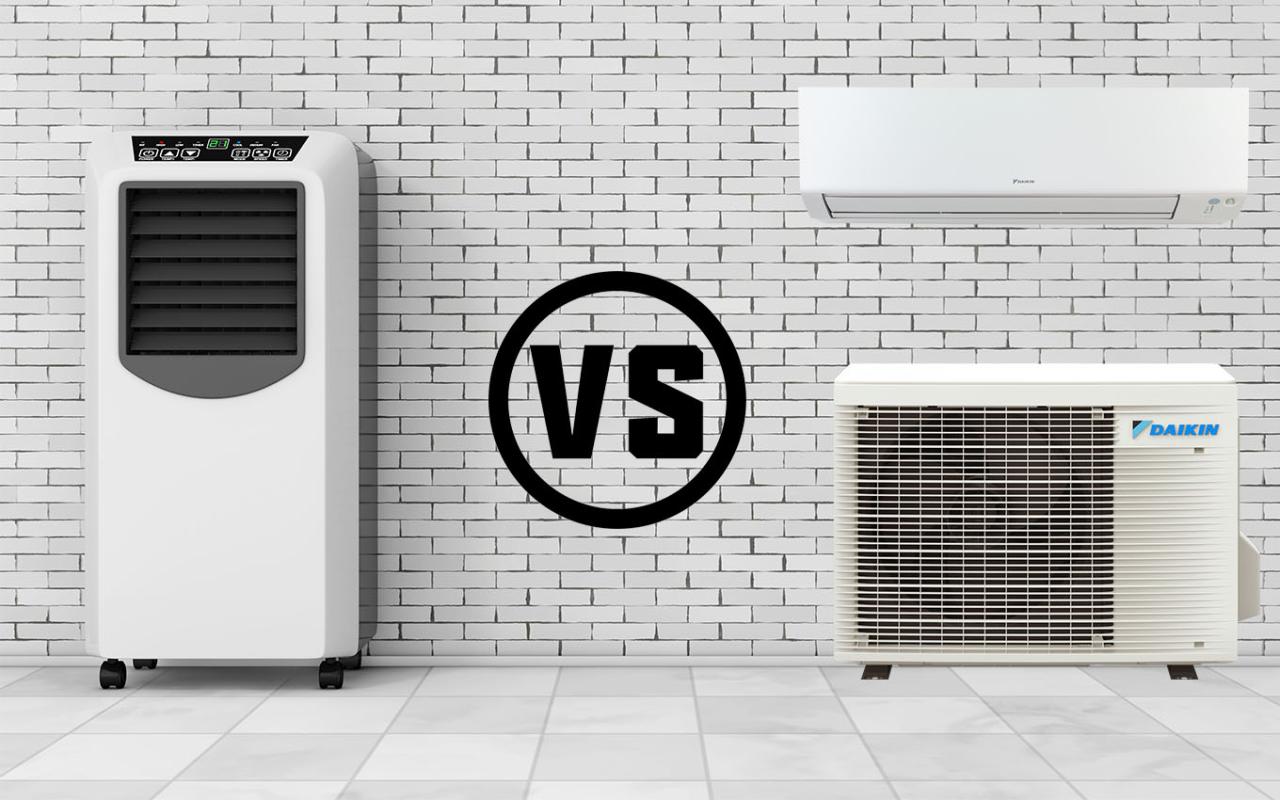
When it comes to keeping your air conditioning unit running smoothly for years to come, maintenance and durability are key factors to consider. Let's take a closer look at the maintenance requirements for Portable ACs and Split Units, as well as the durability of their components.
Maintenance Requirements
- Portable AC: These units typically require regular cleaning of the air filters, condenser coils, and drainage system. It is important to follow the manufacturer's instructions for proper maintenance to ensure optimal performance.
- Split Unit: Maintenance for split units involves cleaning or replacing the air filters, checking the refrigerant levels, and inspecting the outdoor unit for any debris or obstructions. Professional servicing may also be required to keep the unit in top condition.
Durability of Components
- Portable AC: The components in portable units, such as the compressor and condenser, are generally less durable compared to split units. Due to their smaller size and portability, they may be more prone to wear and tear over time.
- Split Unit: Split systems are known for their durability, with components like the compressor and condenser designed to withstand continuous use. The outdoor unit is also shielded from outdoor elements, contributing to its longevity.
Tips for Prolonging Lifespan
- Regular Maintenance: Follow the maintenance schedule recommended by the manufacturer to prevent breakdowns and ensure efficient operation.
- Proper Installation: Ensure that the air conditioning unit is installed correctly to avoid strain on the components and maximize longevity.
- Avoid Overworking: Use the unit responsibly and avoid setting the temperature too low, as this can put unnecessary stress on the system.
- Professional Servicing: Schedule annual servicing by a qualified technician to detect any potential issues early and address them promptly.
Noise Level and Air Quality
When it comes to choosing between a Portable AC and a Split Unit, considering the noise level and air quality impact is essential for creating a comfortable indoor environment.
Noise Levels
Portable ACs tend to produce more noise compared to Split Units. The compressor, fan, and exhaust system in a Portable AC can generate a noticeable amount of sound, which may be disruptive in quiet spaces. On the other hand, Split Units have the advantage of separating the noisy components (compressor and condenser) outside the room, resulting in quieter operation indoors.
Air Quality
Portable ACs and Split Units can both impact indoor air quality differently. Portable ACs may require frequent filter changes and proper maintenance to ensure efficient air filtration. On the other hand, Split Units typically have better air filtration systems that can improve indoor air quality by trapping dust, allergens, and other particles effectively.
It's important to note that noise levels and air quality can significantly influence comfort levels in a living space. Excessive noise can be disturbing, affecting sleep quality and overall relaxation. Poor air quality, on the other hand, can lead to respiratory issues and discomfort for occupants.
Considering these factors is crucial when deciding between a Portable AC and a Split Unit for your cooling needs.
Environmental Impact
Portable AC units and Split Units have different environmental impacts due to the refrigerants they use and their overall energy efficiency. Let's take a closer look at how these factors affect the environment.
Refrigerants Used
Portable AC units typically use refrigerants such as R-410A or R-32, which are considered to have lower global warming potential compared to older refrigerants like R-22. However, these refrigerants can still contribute to climate change if they leak into the atmosphere.
On the other hand, Split Units often use R-410A or R-22, which have a higher global warming potential. It's important to note that the release of refrigerants during installation, maintenance, or disposal can have a significant impact on the environment.
Eco-Friendly Options
One way to reduce the environmental impact of air conditioning units is by opting for models that use eco-friendly refrigerants like R-32 or R-290 (propane). These refrigerants have a lower impact on global warming and are considered more environmentally friendly.
Additionally, choosing energy-efficient units with high SEER ratings can help reduce overall energy consumption and lessen the carbon footprint associated with cooling your space.
Sustainability Considerations
When deciding between a Portable AC unit and a Split Unit, consider the long-term sustainability of your choice. Split Units are generally more energy-efficient and have a longer lifespan than Portable AC units, which can result in lower energy consumption and reduced environmental impact over time.
However, if you opt for a Portable AC unit, make sure to properly maintain it to prevent refrigerant leaks and maximize its efficiency, thereby minimizing its environmental footprint.
Design and Aesthetics
When it comes to the design and aesthetics of air conditioning units, both Portable ACs and Split Units offer different features that can impact the overall look of a room. Let's explore how these units can blend seamlessly into your home decor.
Design Features of Portable ACs and Split Units
Portable ACs are typically compact and come with wheels for easy mobility. They usually have a sleek, modern design with a venting hose that can be placed out of a window. On the other hand, Split Units consist of two main componentsthe indoor unit and the outdoor compressor.
The indoor unit is usually mounted high on a wall or ceiling, while the compressor is placed outside. Split Units are designed to be discreet and blend in with the architecture of a room.
Influence on Interior Aesthetics
The appearance of air conditioning units can have a significant impact on the overall aesthetics of a room. Portable ACs, with their compact size and modern design, can be easily moved around to complement different spaces. However, the venting hose may be a visual distraction and may limit placement options.
Split Units, on the other hand, are designed to be unobtrusive and can seamlessly integrate into the design of a room without taking up floor space.
Blending Air Conditioning Units into Home Decor
To blend air conditioning units seamlessly into home decor, consider painting the unit to match the wall color or placing decorative screens around the unit. For Portable ACs, you can also opt for a stylish cover to conceal the venting hose.
With Split Units, the indoor unit can be customized with a cover or frame to complement the room's design. Additionally, positioning plants or artwork strategically around the unit can help it blend in with the existing decor.
Conclusion
In conclusion, understanding the nuances of Portable ACs and Split Units can empower you to make a wise investment that enhances your living space. By weighing factors like cost, installation, maintenance, and environmental impact, you can choose the option that best fits your lifestyle and home design.
FAQ
Is a Portable AC more energy-efficient than a Split Unit?
Portable ACs are generally less energy-efficient compared to Split Units due to their design and cooling mechanism. However, choosing a model with a higher energy efficiency rating can help mitigate this difference.
Can a Split Unit cool larger spaces better than a Portable AC?
Split Units are typically more effective at cooling larger areas since they have higher cooling capacities and can be installed in a centralized location to distribute air evenly.
Are Portable ACs easy to install compared to Split Units?
Portable ACs are usually easier to install as they require minimal setup and can be moved around without the need for professional installation services.

